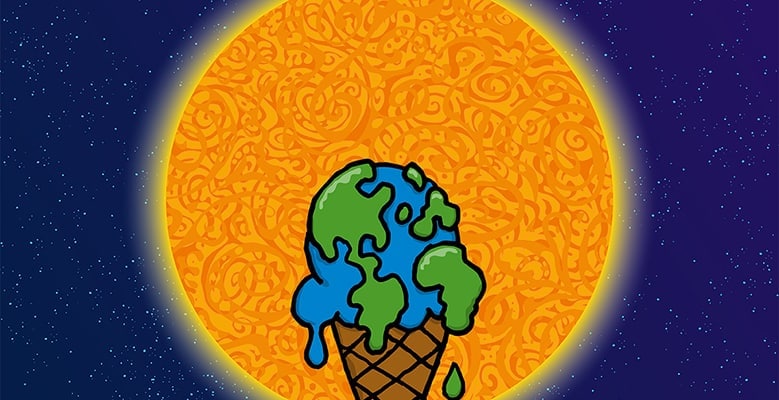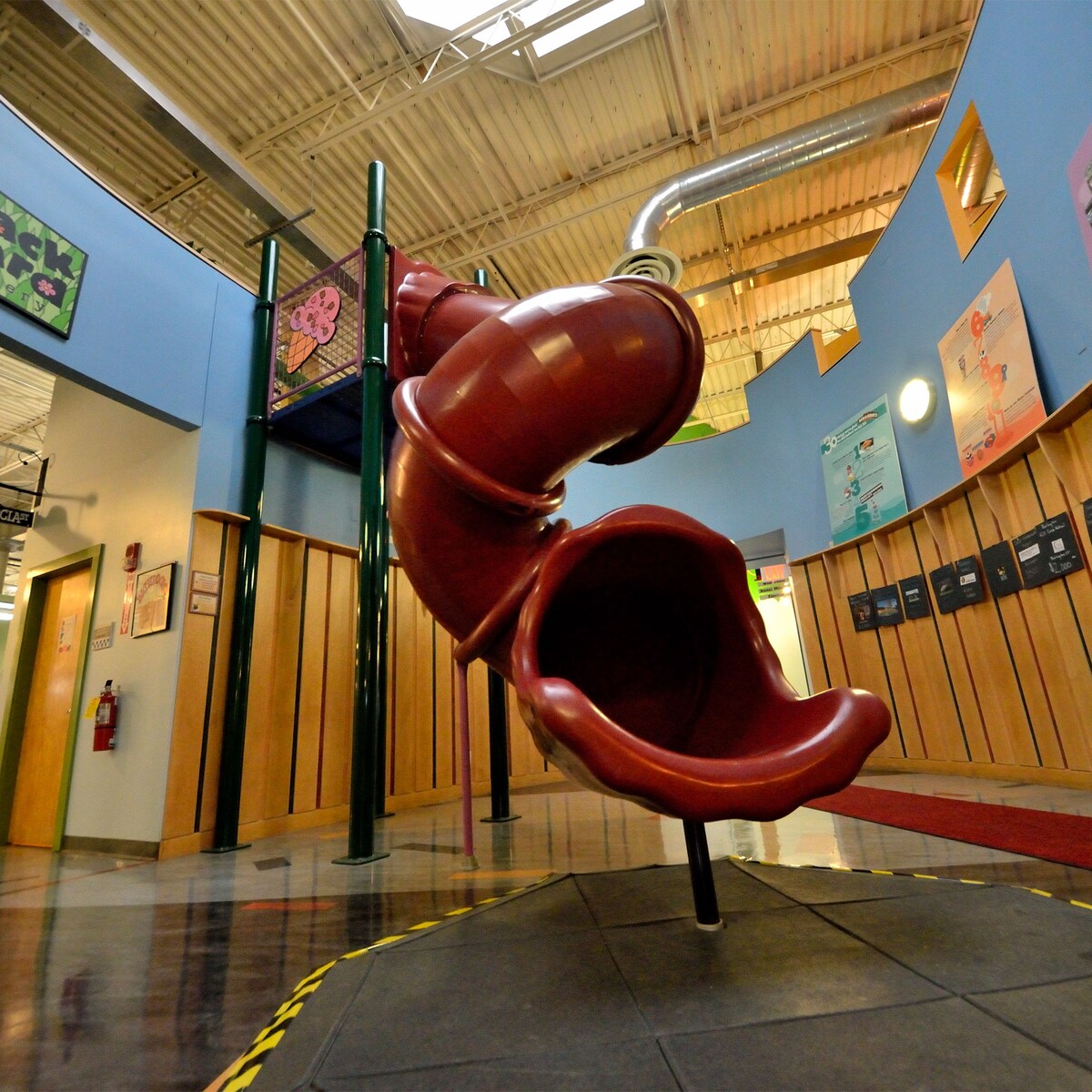13 October, 2016

Have you heard about this whole climate change thing? It’s pretty nasty, what with all the melting glaciers, bleached coral reefs, rising seas, and unpredictable weather. Oh, and people literally being driven from their homes and forced to relocate. Our clean green home in this little corner of the world isn’t immune either.
It’s Even Worse Than You Think
But there’s even more to it than that, believe it or not. A warming climate has really far-reaching impacts, a lot of which you would never guess. Like these insanely surprising things:
1
Sun, Sand and (More) Sharks
The International Shark Attack File investigated a bona fide buffet of 98 uninvited shark attacks in 2015, an all-time high. Although more humans in the water often means more bites at the beach, experts also point to global warming and rising sea temperatures as candidates for cause, prompting sharks to haunt new waters more frequently. Which could make your average surf at Piha a lot more… adventurous.
2
High-Speed Space Junk
Satellites orbiting the Earth – not to mention all that spinning space junk from the Clone Wars – are starting to gain speed. Why? Because our increased CO2 means we’re releasing more heat into space. And more heat makes the thermosphere contract, reducing drag on all the stuff orbiting in it. Less drag equals faster satellites. And faster satellites mean more potential for collisions, which could interrupt cell phone and television services. Climate disrupting your favorite TV shows? Now that’s a real problem.
3
Cloudy With a Chance of Migration
Fluffy and ethereal to curdled and menacing, clouds paint the atmosphere with personality. They also cover about 70% of the earth at any given time. And due to global warming they’re on the move, leaving the middle latitudes and migrating toward the poles. And fewer clouds in the middle latitudes –i.e. where most humans live – could mean even more wacky weather, like hotter days and colder nights.
4
Bye-Bye Mr. Whiskers
Human-driven climate change delivered its first mammal extinction this year. Totally adorable, and entirely no more—long-tailed, whiskered Bramble Cays were considered the only mammal endemic to the Great Barrier Reef. (The same reef that’s seen much of its once healthy coral bleached white by a warming ocean.) Researchers blame rising sea levels for wiping out the area that Bramble Cays once called home.
5
Cultural Erosion, All Over Again
These may be the most recognizable statues in the world: Easter Island’s moai statues average 13 feet (4 meters) tall and weigh 14 tons. Now higher waves caused by a simmering planet are eroding the platforms that have supported the sentinel-like figures for more than 500 years. And without a solid base to stand on, these iconic statues may crumble or tip over sooner than anyone’s ready for. Experts say that the island’s Rapa Nui people were wiped out by an environmental catastrophe of their own doing. In an ironic coup de grâce, the last standing vestiges of that culture could go the same route thanks to our own doing. In an ironic coup de grâce, the last standing vestiges of that culture could go the same route thanks to our own doing.
6
Grolars, Blinxes and Coywolves
Since when have grizzlies and polar bears started to get together? Recently the Grolar made headlines as the first grizzly-polar bear lovechild. This may be a clue: the latest Living Planet Report made us growl (and groan) when we saw that vertebrate species—mammals, birds, reptiles, amphibians and fish—have declined by 52 percent in just 40 years. In their absence, enter the hybrids: offspring of mixed species brought together by climate change and encroaching development. In addition to the Grolar, now Coywolves (coyote-wolves) and Blinxes (bobcat-lynxes) can be added to the list.
7
Wanted: New Island for Sinking Island Nation
Global warming has left Pacific islands dangerously exposed, so much so that an entire island nation may soon be out of a home. Case in point, Kiribati (aka Christmas Island) comprises a collection of coral atolls and reef islands that lie no higher than six feet above a rising ocean. Current climate models predict that it could be swamped by 2050. In response, the country, and its 110,000 inhabitants, is hoping to buy time… and some higher ground. So far officials have purchased 6,000 acres in Fiji as a potential new home.
As you can see, climate change is real and already impacting our planet in some dramatic ways. Now, more than ever, it’s time that we keep the pressure on our world leaders to make strides to rapidly transition to 100% clean energy, leading us toward a greener, cleaner future. Add your voice to the millions demanding climate action, and sign the petition today!


